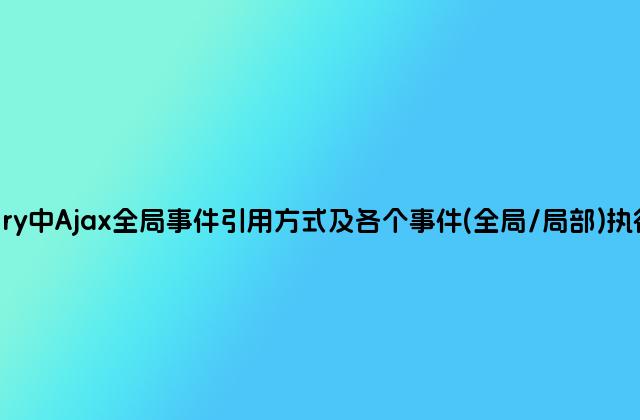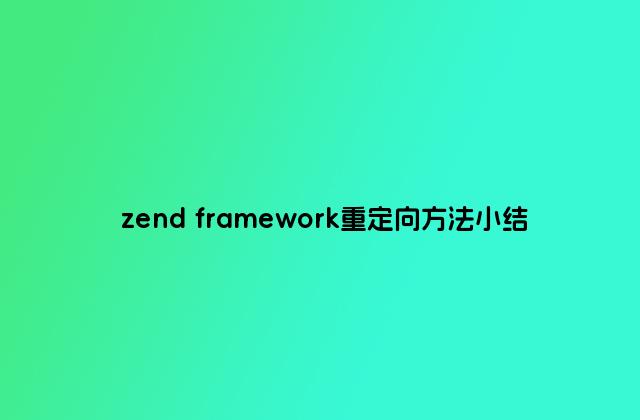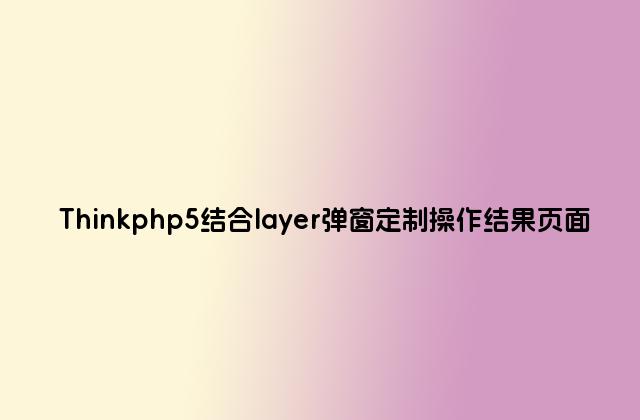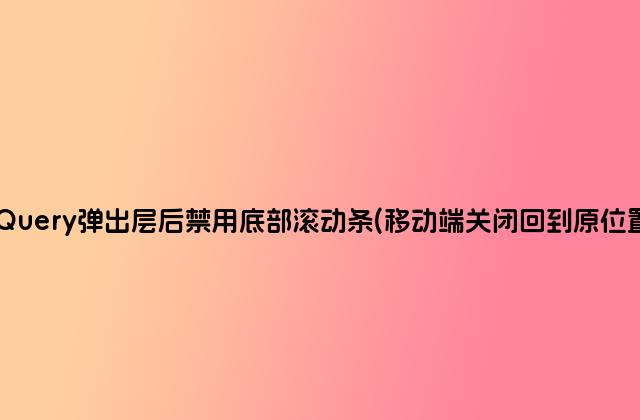
jquery中各個(gè)事件執(zhí)行順序如下:
1.ajaxStart(全局事件)
2.beforeSend(局部事件)
3.ajaxSend(全局事件)
4.success(局部事件)
5.ajaxSuccess(全局事件)
6.error(局部事件)
7.ajaxError (全局事件)
8.complete(局部事件)
9.ajaxComplete(全局事件)
10.ajaxStop(全局事件)
其中,全局事件可以在ajax相關(guān)方法外引用(比如,通過該方式將ajax執(zhí)行各個(gè)階段的信息顯示在頁面某個(gè)地方)。
下例演示一次ajax請(qǐng)求過程中各個(gè)事件執(zhí)行的順序,以及全局ajax的使用方法
<!DOCTYPE HTML PUBLIC "-//W3C//DTD HTML 4.01 Transitional//EN"
"http://www.w3.org/TR/html4/loose.dtd">
<html>
<head>
<mce:script src="http://code.jquery.com/jquery-latest.js" mce_src="http://code.jquery.com/jquery-latest.js"></mce:script>
<mce:script type="text/javascript"><
$(function(){
//點(diǎn)擊按鈕,并執(zhí)行ajax請(qǐng)求
$("#ajaxReuqestID").click(function(){
$.ajax({
url: "http://blog.csdn.net/gaoyusi4964238",
beforeSend:function(){
$("#ajaxStateID").text("berforeSend");
alert("berforeSend");
},
success: function(){
$("#ajaxStateID").text("success");
alert("success");
},
error:function(){
$("#ajaxStateID").text("error");
alert("error");
},
complete:function(){
$("#ajaxStateID").text("complete");
alert("complete");
}
});
});
$("#ajaxStateID").ajaxStart(function(){
$(this).text("ajaxStart");
alert("ajaxStart");
}).ajaxSend(function(){
$(this).text("ajaxSend");
alert("ajaxSend");
}).ajaxSuccess(function(){
$(this).text("ajaxSuccess");
alert("ajaxSuccess");
}).ajaxError(function(){
$(this).text("ajaxError");
alert("ajaxError");
}).ajaxComplete(function(){
$(this).text("ajaxComplete");
alert("ajaxComplete");
}).ajaxStop(function(){
$(this).text("ajaxStop");
alert("ajaxStop");
});
})
// --></mce:script>
</head>
<body>
<input type="button" value="點(diǎn)擊觸發(fā)ajax請(qǐng)求" id="ajaxReuqestID"/>
<div id="ajaxStateID"></div>
</body>
</html>
以上所述是小編給大家介紹的jQuery中Ajax全局事件引用方式及各個(gè)事件(全局/局部)執(zhí)行順序的相關(guān)知識(shí),希望對(duì)大家有所幫助!






